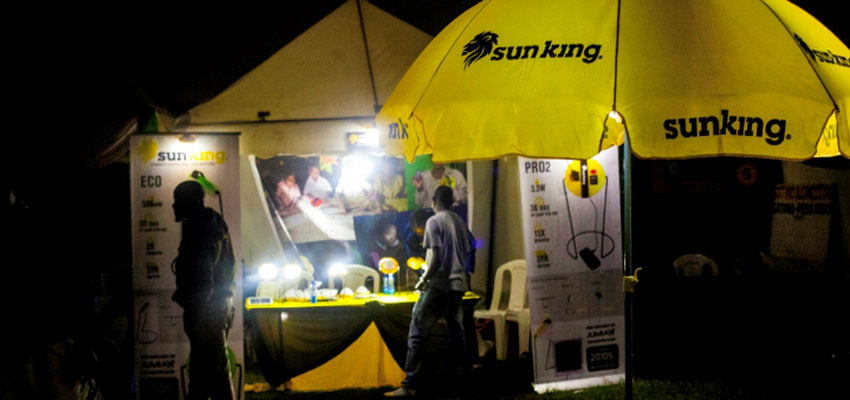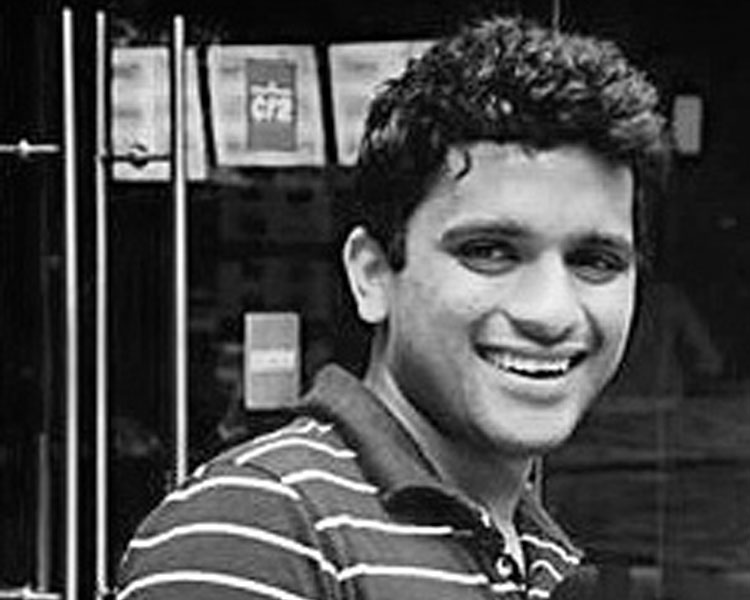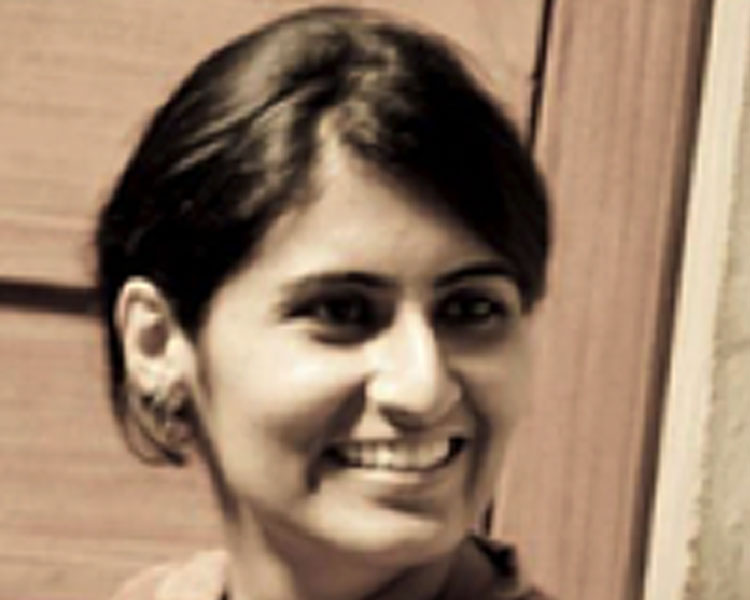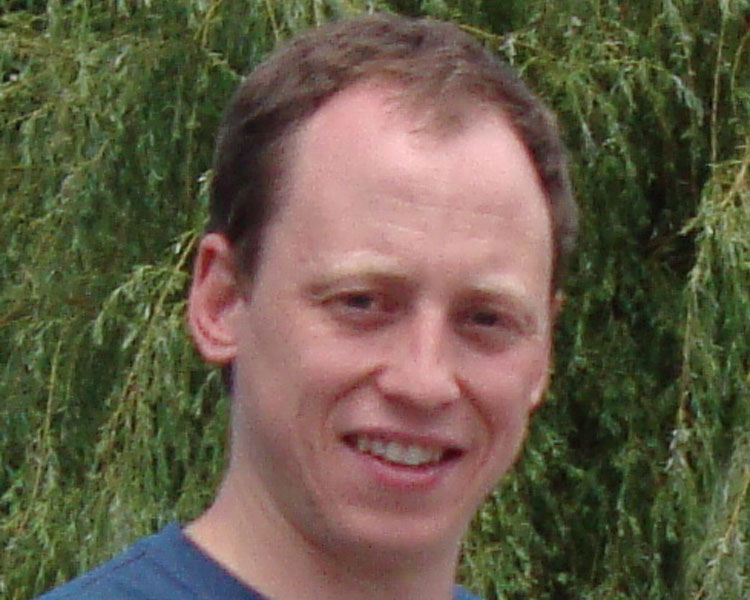
Over the last decade, many corporations, social enterprises, and local and international not-for-profit organizations have made reaching communities at the Base of the Pyramid (BoP) a priority. With more players entering the Inclusive Business sector (a business model in which the target market benefits all along the value chain), there is the need for innovation not only in product design, but also in making products more accessible to people living in remote rural areas, often referred to as the “last mile.”
“The Right Path to Last Mile Distribution” session at the MIT Scaling Development Ventures 2016 conference built on the outputs from the 2015 Practical Impact Alliance working group focused on BoP distribution challenges. (The Practical Impact Alliance, a program of MIT D-Lab, is a network of leaders working across industries and geographies on market-driven solutions to poverty.)
The session, featuring panelists Ben Mathew, Sales Director for Asia at Greenlight Planet, and Huda Jaffer, Lead Designer at SELCO Foundation in India, was moderated by Eric Verploegen who is D-Lab's Food-Water-Energy Lead.
Throughout the session it was clear that the right path to last mile distribution evolves with product requirements, market conditions, and organizational priorities. A successful go-to-market strategy in the BoP integrates traditional distribution channels with training and engaging individuals and key opinion leaders from the target market.
Greenlight Planet: Direct-to-Village, Institutional Partnerships and Traditional Retail
Greenlight Planet has implemented three distribution models in different markets in which it operates. The company began its operations with a model known as Village Level Entrepreneurs (VLE) in India. According to Ben, the VLE model was essential in the beginning of their operations as the target market was not familiar with the product Greenlight Planet was selling. VLE helped create awareness of the value proposition of solar lanterns, but was unprofitable. Ben said the model would have worked better for higher value solar home lighting systems. Greenlight Planet had 4,000 to 5,000 VLEs before it started exploring partnerships instead.
Now working in over 50 countries with more than 250 partnerships (microfinance institutions, agribusinesses, telecommunication companies, and oil and gas retailers in both India and East Africa), Greenlight Planet has made a successful transition from VLEs to institutional partnerhsips and traditional retail for its products. At the session, Ben was asked how an enterprise will know when to transition from VLE to retail? He replied, “When products are ready, start engaging with your partners. You will know from the response of your partner organizations to the products.”
When target customers understand a company’s products, retail is the model that increases sales volume allowing a business to reach financial sustainability and scale. Leveraging telecom retailers, fast moving consumer goods companies, and gas retailers is effective in scaling sales, especially for entry-level products. “Do not rely solely on wholesale distribution and promotional activity to push your products. Training retailers is very crucial to the success of your business,” explained Ben. When Greenlight Planet was testing different markets for its retail distribution model, it hired five territory sales managers in five regions to test the retail model. The company ramped up investment when it observed positive results in a region. A word of caution from Ben: “Be sure the size of your investment does not hurt your company’s financial well-being, but at the same time, make sure the investment is adequate to produce results from your pilot model.”
A major challenge Greenlight Planet continues to address is meeting the demand from customers in very remote locations. Serving a low volume of customers in far-flung regions is not yet financially sustainable for the company.
SELCO India: Door-to-door, institutional partnerships, and replication through training and incubation
SELCO sells high-value solar home lighting systems through its network of sales people and associates. SELCO has two types of sales channels: 1) SELCO employees compensated with a combination of a fixed-base salary and sales commission, and 2) associates from the community paid purely by commission from their sales. SELCO’s business model includes providing after-sales service through a two-year annual maintenance contract or warranty.
Twenty percent of SELCO’s sales are from direct customer purchases and the remaining 80 percent are through financial institutions. For this reason, partnering with nationalized and rural banks – and training bank managers – has become crucial in creating access for low-income households to SELCO’s products. In some cases, SELCO acts as a guarantor for households that must take a loan to purchase SELCO’s products. This not only enables the purchase but also builds financial institution confidence in the SELCO business model. Financing is purely based on the income of the consumer. According to Huda, “Financial inclusion of low-income households though the mainstream banking system is a part of SELCO’s mission.” If a new market does not have a strong financial institution that can help target customers with loans, SELCO implements integrated energy centers and microgrids.
For SELCO, hiring and training sales people and associates from their target markets has helped create awareness of their products and has helped build trust with customers. Still, there have been challenges. SELCO’s experience has been that their local associates and sales people become accustomed to selling a specific product in a certain cost range. “They are not comfortable selling different price range of products or different products,” said Huda. Another challenge has been not accounting for the cost of establishing financing mechanisms to suppor the sale of home systems, leading to cost surprises in the distribution channel.
Another challenge was SELCO’s early attempt at franchising. Franchising was not successful as the model was product-based and not need-based. In other words, franchising did not support SELCO’s value of financial inclusion of BoP communities. To overcome this challenge, SELCO has replicated its business model through incubating local entrepreneurs.
Though it took eight or nine years for SELCO to break even, the enterprise has been profitable for eight consecutive years.
No "right" path to last-mile distribution
Is there one right path to the last-mile distribution? Definitely not. The panelists agreed that innovation is necessary in addressing the needs of the BoP market and that testing a business model can take anywhere from three months to two years. The most appropriate distribution model will depend on the market and product, and will evolve with time.
BoP Distribution Compass
Companies and organizations exploring the right path to BoP distribution for their products might consider using D-Lab's Base-of-the-Pyramid Distribution Compass, an interactive decision-making tool designed by D-Lab to help select a suitable last-mile distribution model, which includes:
- A questionnaire that prompts the user to consider related to their product requirements, market conditions, and organizational priorities and capabilities.
- A framework for key considerations and categories of distribution models. A subset of key considerations and suitable distribution models are output upon completion of the questionnaire.
- A case study library, from which the most relevant cases are automatically selected and output to the user based on the answers provided in the questionnaire.
The target users of this tool are companies entering new markets and companies reevaluating their existing distribution strategies for a product. The BoP Distribution Compass is not intended to provide definitive answers to questions about what distribution strategy a company should use, but instead, is intended to serve as a guide and a starting point for internal discussion.
------------
Shwetha Shivarama is a candidate for a Master's Degree in Sustainability Studies at the Heller School for Social Policy and Management at Brandeis University and an intern for the D-Lab Energy Research group. Her work has predominantly been in consultative market research. Some of the industries she has gained exposure to over the years are Power and Utilities, Clean Energy and Environment, US Healthcare, Indian Apparel Industry among others.




